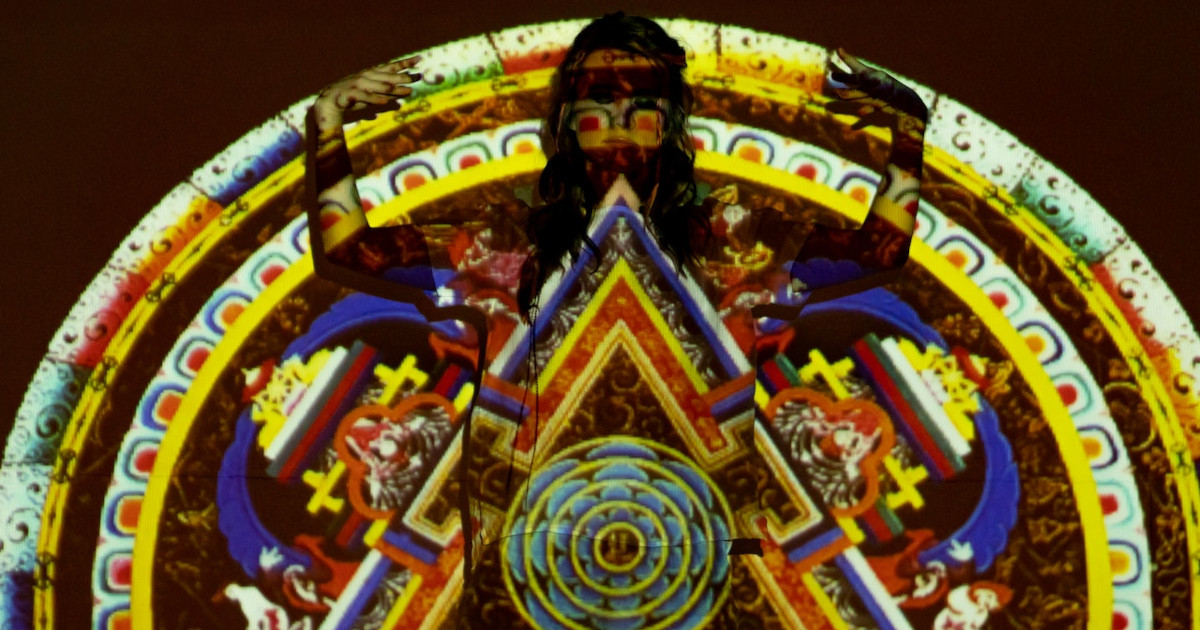
The Wild Psychedelic Origins of Indigenous Mystical Rites — As Revealed by Archaeology
Brian C. Muraresku, New York Times best-selling author of “The Immortality Key,” unpacks ancient evidence for the widespread ritual use of psychoactive plants.
March 25, 2023 | Source: Big Think | by Brian C. Muraresku
We’ll never know when and where humans first discovered the mind-altering power of psychedelics. But it seems fair to state three things about our relationship with visionary drugs: it’s incalculably old, globally pervasive, and rich with meaning. Our ancestors likely began their long journey with naturally occurring psychotropic substances tens or even hundreds of thousands of years ago.
The nascent field of archaeochemistry has convincingly demonstrated Neanderthal use of psychoactive plants like yarrow and chamomile going back 50,000 years. Anthropologist Scott M. Fitzpatrick envisions the early hunter-gatherers of our own species encountering, consuming and experimenting “with a wide array of plants” and fungi — just like their Neanderthal cousins.
A generation ago, Terence McKenna famously introduced the Stoned Ape Theory, proposing an evolutionary advantage for a diet of psilocybin-containing mushrooms across the African savannas — not merely hundreds of thousands, but millions of years in our hominin past, prompting the development of proto-language, creativity, and religious insight well before the Neanderthals. Only now are scholars, like paleoanthropologist Lee Berger in South Africa, seriously investigating the bold claim.
